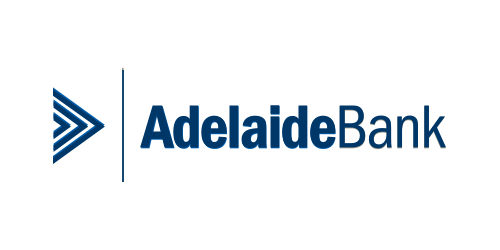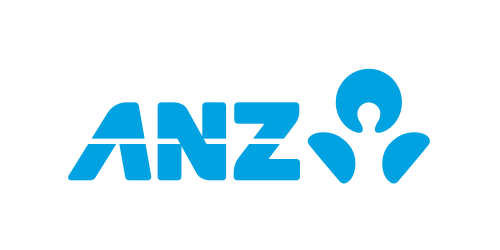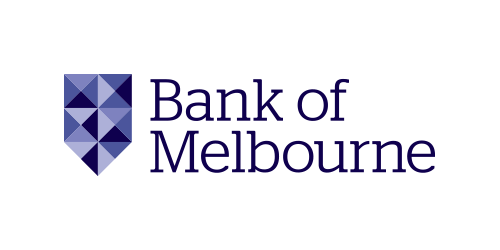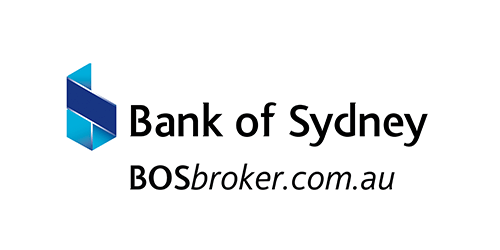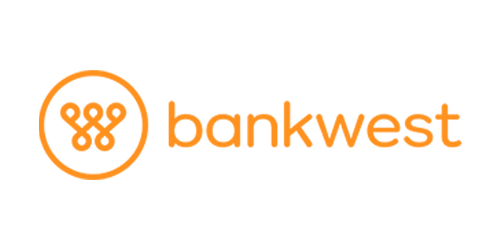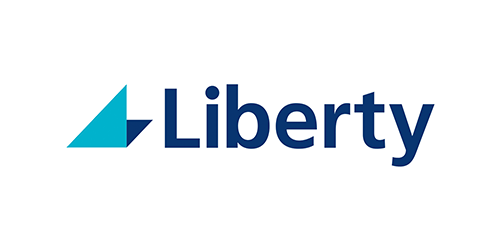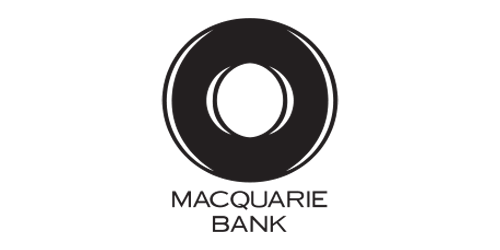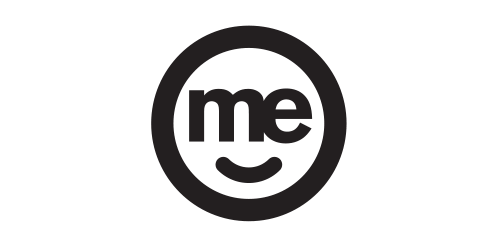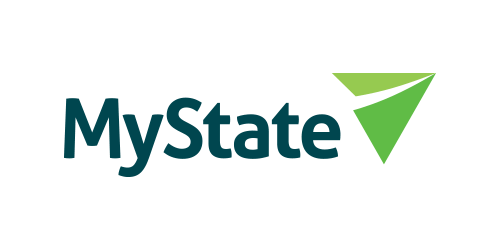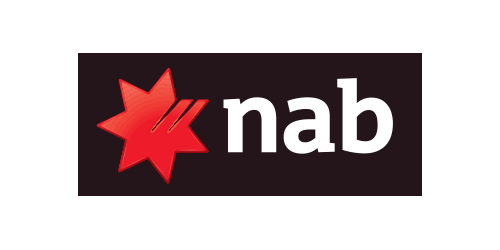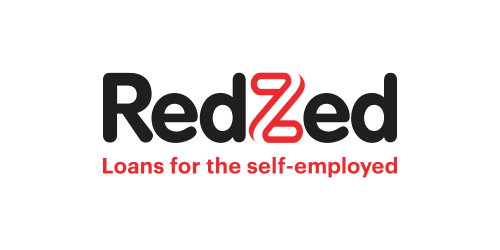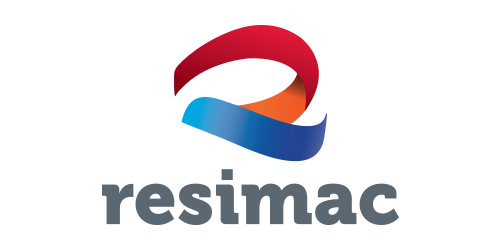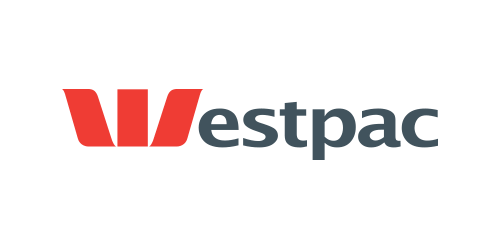No & Low Deposit Home Loans
Lenders sometimes offer loan products with minimal deposits — allowing you to buy a home even with a small deposit or no deposit at all.

Buying a new home can be an incredibly thrilling experience. However, it is too often overshadowed by a looming 20% down payment — the standard home deposit in Australia. This requirement is a huge challenge for any first home buyer and is often what drives them away from the market — and that thrilling journey towards homeownership.
If you aren’t able to pay a 20% down payment yet, don’t worry; there are other options. Lenders offer loans that require a low deposit — or no deposit at all — but it’s vital that you become aware of the terms and risks of low deposit home loans before applying. And that’s where Lendstreet’s expert mortgage brokers come in — we can guide you through the benefits and risks of low or no deposit home loans — and any other type of home loan in Australia. We’ll help you review different loan products and find the one that best suits your funding requirement, financial capacity, and preference
What are No Deposit and Low Deposit Home Loans?
A no deposit home loan is offered when you are approved for 100% of the property’s value, which can happen if you have someone (a family member with equity in their property) to act as a guarantor, and you apply for a guarantor home loan — or, if you already own a property with equity.
Low deposit home loans can be offered to applicants with strong income, clean credit history, and a reliable long-term job — among other important qualifying factors. Lenders consider low deposit loans high risk as they usually involve a loan of over 80% of the property’s value.
Regular and Lower Deposit Loans: What’s Different?
The most important disparity between regular loans and lower (and no) deposit home loans is that lenders will almost certainly request lenders mortgage insurance (LMI) for home loans with lower deposits — such as low deposit home loans. LMI is almost always requested when you purchase a property with a loan covering 80% or more of the property’s total value. The rates of your LMI often depend on the cost of the property you’re purchasing. Having an experienced mortgage broker by your side — especially one specialising in low and no deposit home loans, like those at Lendstreet — will increase your chances of landing a competitive rate for your no deposit or low deposit home in Sydney.
If you want to avoid LMI or mortgage insurance for your property, you could apply for a guarantor home loan. It’s also worth looking into the grants and schemes your state may offer. These vary depending on whether this is your first home or not. However, it is still worth doing your research and asking your mortgage broker about the government incentive programs available to aspiring home buyers.
Using the First Home Owner Grant as Part of Your Deposit
The First Home Owner Grant (FHOG) is one of the most popular schemes for first home buyers in Australia. Those eligible — and those who apply successfully — will receive $10,000, which can be used towards the purchase of their new home. That amount usually won’t be enough to cover your entire deposit, but it can help bring up the percentage of the house that you can cover with the deposit, which could mean that you can obtain better terms for your low deposit home loan.
A solicitor or licensed conveyancer can assist you with the FHOG assistance scheme application process. However, getting advice from a mortgage broker first can give you additional leverage regarding the requirements and ensure that the move aligns perfectly with your desired home loan.
Here’s where you can find more information about the First Home Owner Grant (FHOG) as implemented per state:
Using Superannuation as Part of Your Deposit
Much like the First Home Owner Grant assistance scheme, the First Home Super Saver Scheme (FHSS) is only available to first home buyers. The FHSS is not a scheme that provides first home buyers with an extra amount. Instead, it is a scheme designed to help save up for a deposit by making voluntary contributions to your super. These contributions can then be withdrawn to form part of your deposit. However, as your super isn’t usually accessed until retirement, accessing it early comes with a set of terms you will need to follow.
This scheme benefits those who are missing part of their deposit but have been actively contributing to their super for years. Depending on the amount you can take out, you could gather the entire 20% deposit that is typically requested.
More information about this scheme is available from the ATO website.
Why is your deposit so important?
Most lenders associate your ability to save with your ability to pay. As such, seeing a 20% deposit gives them the confidence to assume you will make all your payments on time. Still, even if you do not manage to gather the entire deposit, there are ways to get a lender to provide you with a home loan. Therefore, even without the 20%, your future home may be closer than you think. Contact Lendstreet’s top mortgage brokers to get there faster and with more confidence.
Frequently Asked Questions
What are the pros and cons of low deposit and no deposit home loans?
If you’re thinking of applying for either a low or no deposit home loan, here are some of the leading general pros and cons of both options:
Pros:
- You can buy a home earlier and pay off your loan faster.
- You won’t need to save as much money for a deposit.
- More freedom to use your savings for other purposes.
Cons:
- Higher interest rates and fees.
- Larger monthly repayments.
- Higher risk — especially if interest rates rise.
- You’re more likely to lose your home if you default on your loan.
For more help on low and no deposit home loans in Sydney, contact Lendstreet’s experienced mortgage brokers, who can help you find the most competitive low and no deposit home loans for your new home.
How can I find a low deposit home in Sydney?
To find a low deposit home loan in Sydney, shop around for the best interest rates and fees and get an idea of the market. Working with a professional mortgage broker can make this part of the process easier. To increase your chances of successfully applying for a low deposit home loan in Sydney, try to get pre-approved for a loan first (before you start looking at properties). Pre-approval will help you get an idea of how much you can afford to borrow. It’s also essential to check and ensure you can provide sufficient proof of income and assets — and be prepared to pay hefty monthly repayments and a lender’s mortgage insurance (LMI). Lendstreet’s mortgage brokers can help you find the best rates for low deposit home loans in Sydney — reach out to our expert team to get started.
Am I applicable for a no deposit home loan?
As a borrower, you are usually applicable for a no deposit loan only if:
- A family member who has equity in their property can act as your guarantor for the loan (a guarantor home loan).
- You already own a property that has significant equity.
However, no deposit home loans in other circumstances are exceedingly rare in Australia.
What’s the difference between a no deposit home loan and a low deposit home loan in Sydney?
No deposit home loans are one of the rarest types of home loan — and usually require very high interest rates and fees. Meanwhile, low deposit home loans are more common, and while they still have higher interest rates and fees than larger deposit loans, their rates are not as extreme as no deposit home loans.
Home buyers considering a no deposit home loan or low deposit home loan should conduct research to be aware of the risks — and the higher costs — involved. However, no deposit and low deposit home loans in Sydney are a good option for those who are not yet in the position to pay a significant down payment (but perhaps are expecting to be able to pay higher monthly repayments later on).
Is LMI different for low and no deposit home loans?
Yes — you’re more likely to be charged LMI (Lenders Mortgage Insurance) when you apply successfully for a low deposit home loan. This is because you’re borrowing more money from the lender. So, while a low deposit home loan gives you more options, it will likely come with a higher overall cost.
Thousands of home loans from our lending partners
